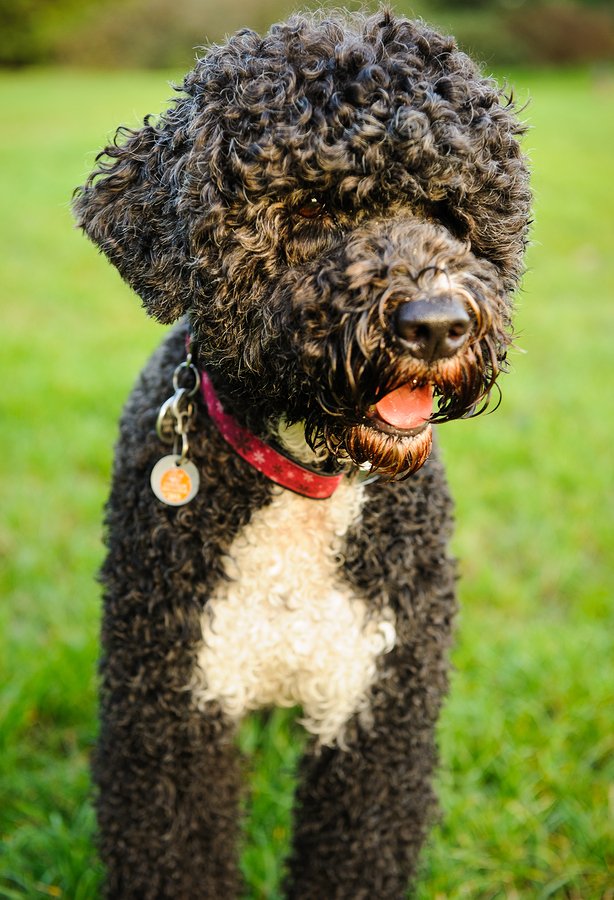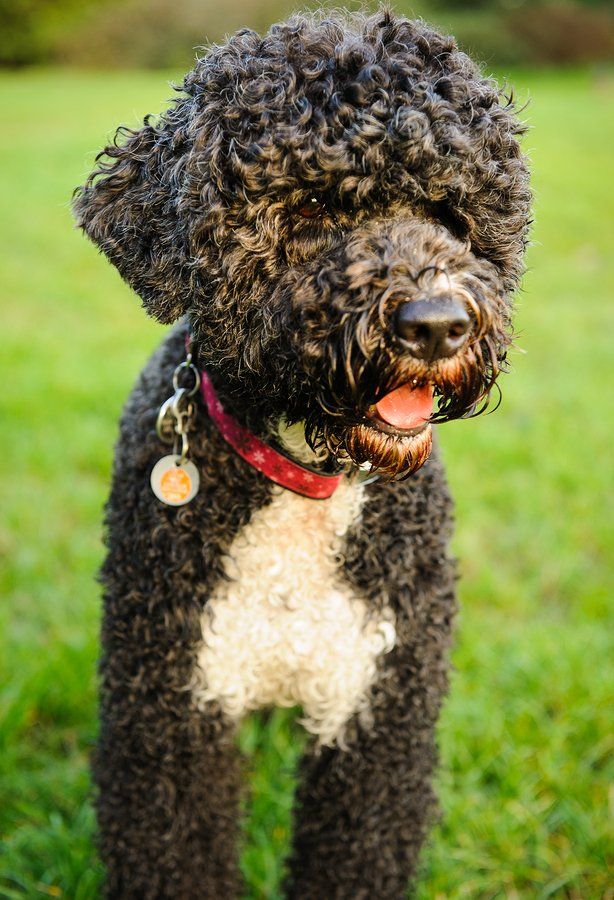
© everydoghasastory | Bigstock
Pop math quiz (don’t worry — it’s easy): Some seven out of 10 U.S. households have a dog. And one out of 10 people is allergic to dogs, according to the American College of Allergy, Asthma, and Immunology. So what are the odds that many among us are living with our allergens?
Answer: High. You can rest assured that all the people who are allergic to dogs are not crowded into the three in 10 households that are dog-less.
Not every dog owner who is allergic to her dog knows it up front. Plenty of people bring home a dog only to find their eyes watering and their throat itchy a year later. It can take that much time for the body to build up antibodies to a dog’s dander — the flakes of dead skin cells that slough off and cause allergic reactions. (It’s not a dog’s fur that causes the problem, as many people think.)
Some people also find themselves allergic to substances in their pet’s saliva, which is why they break out in hives when a dog licks them. The offending substances make their way directly onto the skin.
It’s often said that dogs with non-shedding coats — usually curly-haired breeds like bichon frises and Portuguese water dogs — are hypoallergenic because they end up leaving less dander around the house. But no dog can be said to be universally hypoallergenic. In some cases, just a tiny amount of dander will get the wheezing and other symptoms going. And you can’t know beforehand if the dog you bring home is going to cause you a problem (although if you are allergic to airborne substances like dust and pollen, the chances you will end up allergic to your dog are greater).
Complicating matters further is that the incidence of allergies to dogs has gone up substantially in industrialized countries like our own over the last 60 years because houses are now built more air-tight to preserve energy. There’s less exchange with outside air to minimize the problem.
But you most likely do not have to give up a dog to whom you find yourself allergic (as if you would). Here are the steps to take to keep your canine squeeze in your life without suffering any (or at least as many) uncomfortable consequences.
-Go to an allergist for testing. It may not be the dog that’s the problem but something on the dog. One family we know brought home a lovely little sweetie pie of a pet only to find many months in that she was making them all sneeze. Upon testing, it turned out that everyone in the household was allergic not to the dog but to dust mites, which the dog carried on her.
-If you are found or suspected to be allergic to your dog, create an allergy-free zone in your house. Perhaps it should be the bedroom, where you spend about eight out of every 24 hours. Of course, closing off a room isn’t going to make it 100 percent allergen-free. The tiny molecules can certainly make their way through a closed door. But it will help.
-To the extent possible, limit fabrics. Allergens really collect in upholstery, rugs, and drapes. The less you have of them (wall-to-wall carpet is definitely harder to keep allergen-free than wood or tile floors), the fewer surfaces your dog’s allergens will be able to cling to. The fabrics you do have should be steam-cleaned regularly. (And make sure your windows are fitted with washable shades.)
-Vacuum frequently — with a machine that has a HEPA (high-efficiency particulate arresting) filter or a disposable electrostatic bag. Otherwise you’re spewing allergens back into the air.
-Add an air cleaner with a HEPA filter to central air conditioning and heating. This will help stop allergens from circulating throughout the house. Letting in a little fresh air daily, no matter how cold or hot outside, will help, too.
-Invest in an anti-allergen room spray. Your allergist should be able to recommend a spray that deactivates allergens.
-Wipe down walls. Just as you dust regularly, you should wipe — not just the furniture but the walls.
-Buy washable pet bedding only — and crates and other accouterments for your pet that can be cleaned easily.
-Bathe your dog once a week. In the home where everyone turned out to be allergic to dust mites, bathing the dog more frequently really cut down on the allergens she was literally carrying on her back. Just make sure you confer with your vet so that you choose a shampoo that won’t dry out your pet’s sensitive skin.
-Give your pet frequent wipe-downs. Some products are formulated to help prevent dander from building up and flaking into the environment. Again, talk to your vet about which product(s) may be appropriate.
-Brush or comb your dog every single day. Even better if you can do it outdoors. The dander hangs around on fur, so the more fur you can pull off through frequent brushing rather than let it collect around the house, the less dander that’s going to hang around in your home environment.
-Wear a dust mask when you do all the cleaning and brushing. Or better yet, leave those tasks to someone in the household who is not allergic to the dog.
-Wash your hands immediately after petting your dog — particularly before you touch your face. The eyes and nose can be especially sensitive to allergens. You don’t want to get the symptoms going.
-Consider reserving one set of clothes as a pet outfit. The Humane Society of the United States points out that if you do that, you can cuddle with your dog to your heart’s content without contaminating your entire wardrobe.
-If necessary, consult with your allergist about medications you can take on an ongoing basis to relieve symptoms. Allergy shots work well for some people, while others come up with a system for using over-the-counter drugs with antihistamines that block the sequence of events leading to the triggering of symptoms. Still other people find that decongestants do the trick. Prescription steroids might be called for in certain instances, too.
A final thought: just as an allergic reaction to a dog can come out of nowhere, it sometimes disappears suddenly, too. The plaguing symptoms may dissipate when you think they never will.





